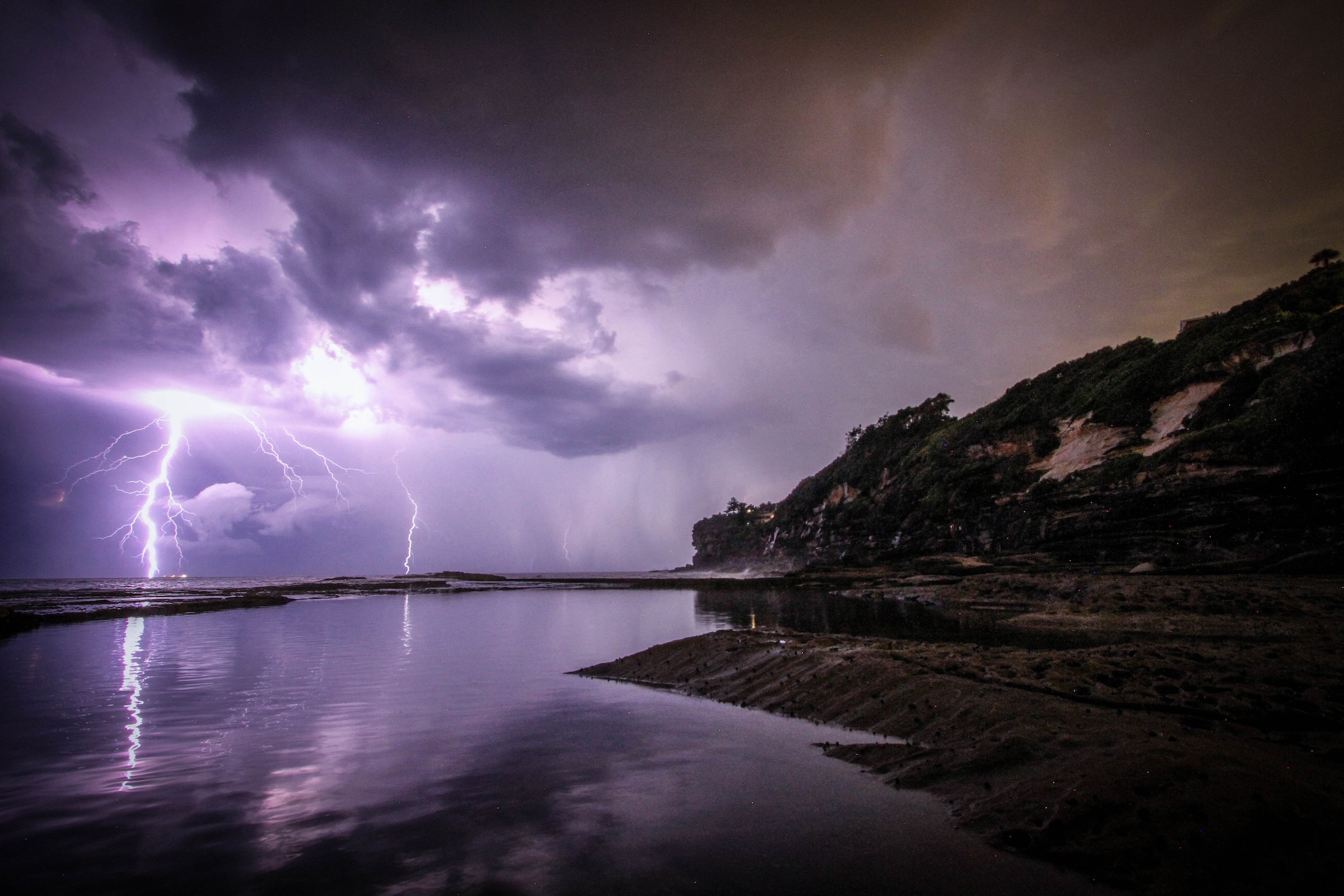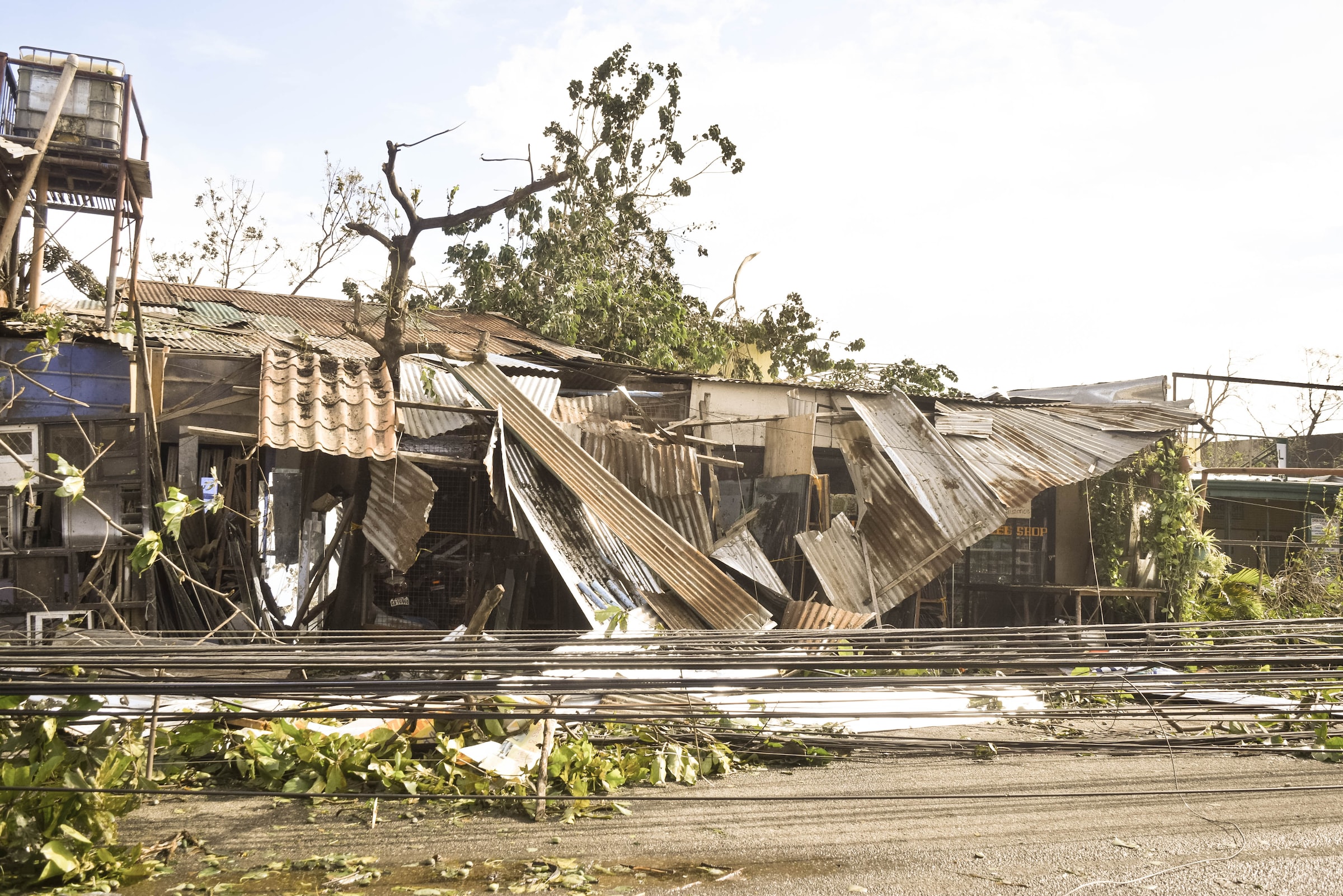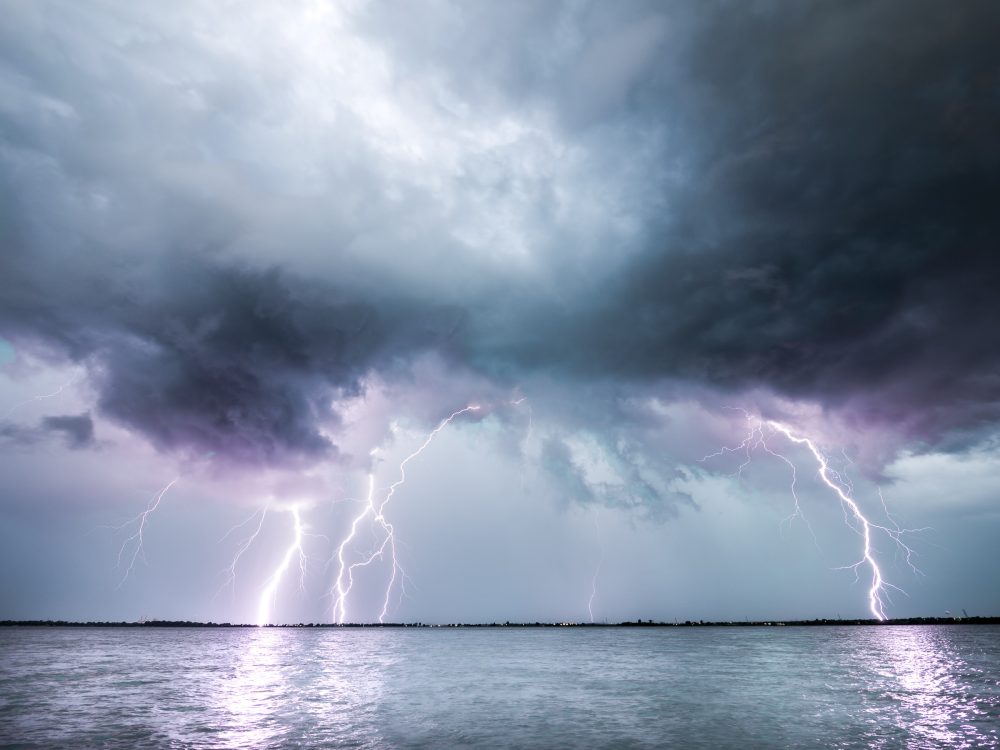Did you know that in the United States, storms are the most destructive force of nature? From 1987 to 2017, tropical cyclones alone caused more than 3000 deaths and $562.8 billion cost of damage.
Natural disasters have a significant impact on the social and economic development of every nation. While it is impossible to completely avoid extreme weather and climate, early and accurate warnings can significantly lessen their devastating impacts on entire civilizations.
When harmful weather and/or climate events disturb our daily lives, cause extensive property damage, and lead to fatalities to a degree bigger than a community can handle, they are considered natural disasters.
Governments developed a warning or signal system to alert people to impending natural disasters and prevent the loss of life.
There are many different kinds of warning systems, including geophysical and meteorological ones. In particular, meteorological alerts are related to public storm warning signals.
Who Monitors and Gives Predictions
Specific organizations measure, observe, collect, and process meteorological and hydrological data, by the guidelines established by the World Meteorological Organization.
The data is then used for the analysis of meteorological, climate, and hydrological variables as well as for forecasting and warnings of impending extreme weather occurrences.
Rapid detection of potentially dangerous meteorological events and the issuing of warnings are made possible by continuous monitoring of the state of the atmosphere.
They often use radiosonde height and radar measurements and meteorological stations in various locations to determine dose detections.
What Is a Public Storm Warning Signal?

A public storm warning signal, also known as PSWS, is a weather forecasting alert system designed for the general public to alert, instruct, or teach them about impending weather patterns or severe weather hazards or catastrophes such as thunder plus heavy pouring rain, hailstorm, cyclone, wind gusts, and tornados.
Essentially, public storm warning signals notify the general population about the weather, the effects of the winds, and safety precautions.
Because of that people can stay safe during storms and prevent suffering significant loss.
For example, to avoid any major or little accidents, you might relocate or transfer your family, pets, and essential items to a safe place.
Before meteorologists introduced recent reforms, there were four different public storm warning signals. Now there are five public storm warning signals. On top of that, these warning signals inform the public of impending climatic conditions, ranging from mild to strong winds. Now, let’s explore the first signal a little bit further.
Warning Signal 1

The first signal sets the wind speed for the next 36 hours at 30 to 60 kilometers per hour. That signal is far less hazardous or zero dangerous, although there could be little destruction such as minimal tree or plant damage or branch breakage due to this wind speed.
On top of that, there can be minor roof or window damage to older or lighter-built homes.
Additionally, it is suggested that individuals keep themselves informed about the current and forecasted weather by using the internet or weather forecasting programs.
Remember that when you hear a public storm warning signal, you need to prepare your home for a storm. Ensure your home is protected from flooding or any other harsh conditions to avoid running the danger of becoming imprisoned for days or weeks.
Fill your stock with water and other essential items so you don’t run out and use your equipment to stay connected with relevant news. In the event of a power outage, make sure your electronics are charged.
The garage should also be closed, along with all other windows and doors to avoid any further damage.
To Sum Up
It is essential to understand the risk of various severe weather events to be able to warn the public of potential hazards with fast. Consider Public Storm Warning Signal 1 seriously and follow all instructions from the authorities.






